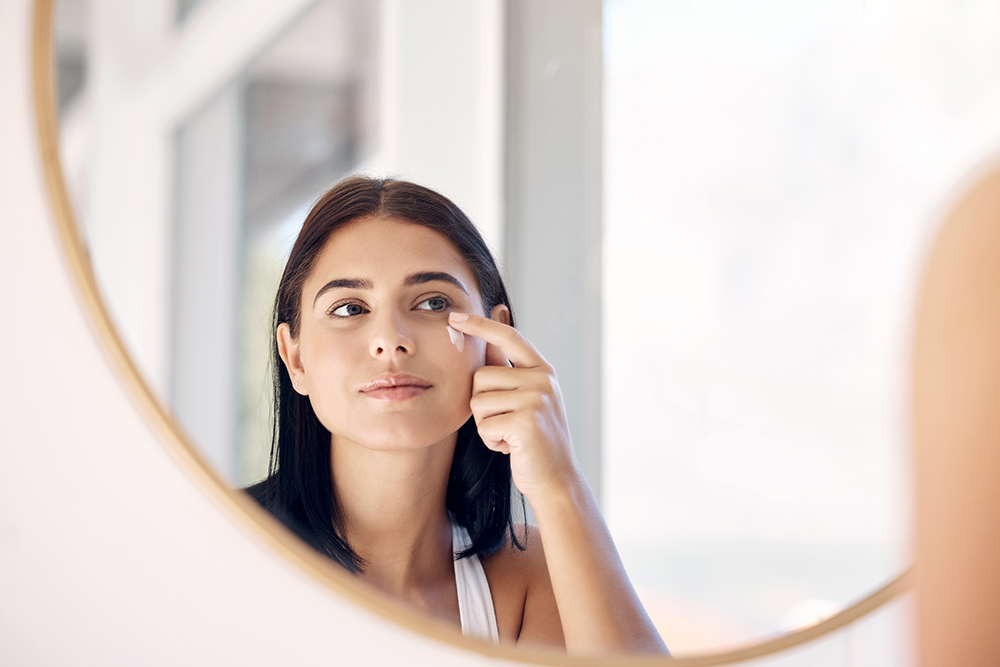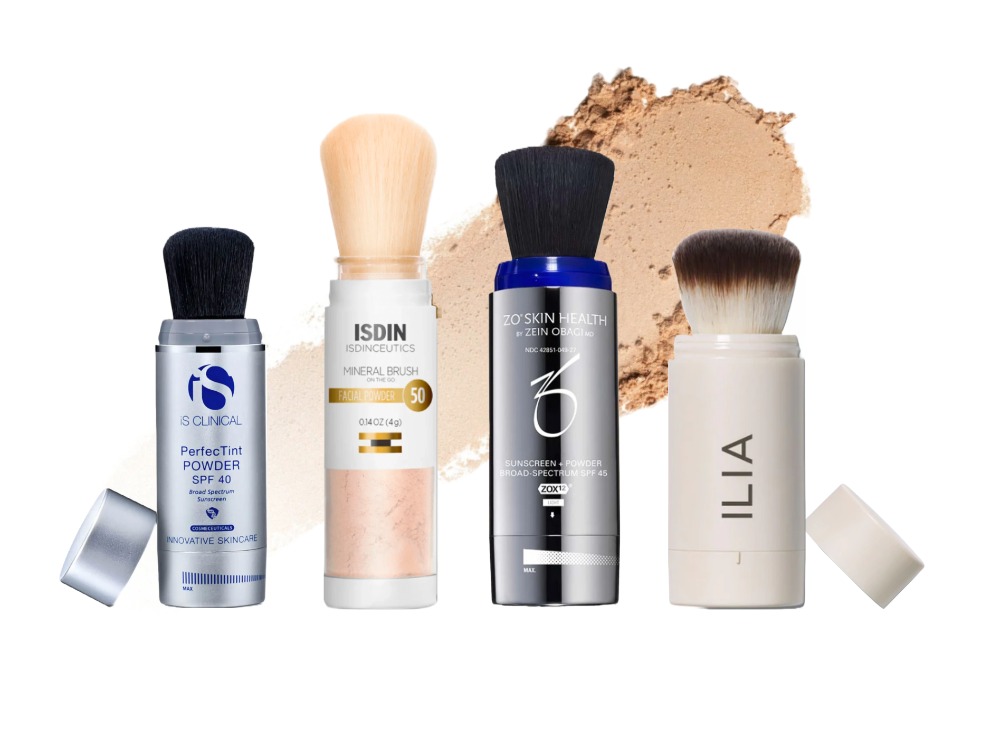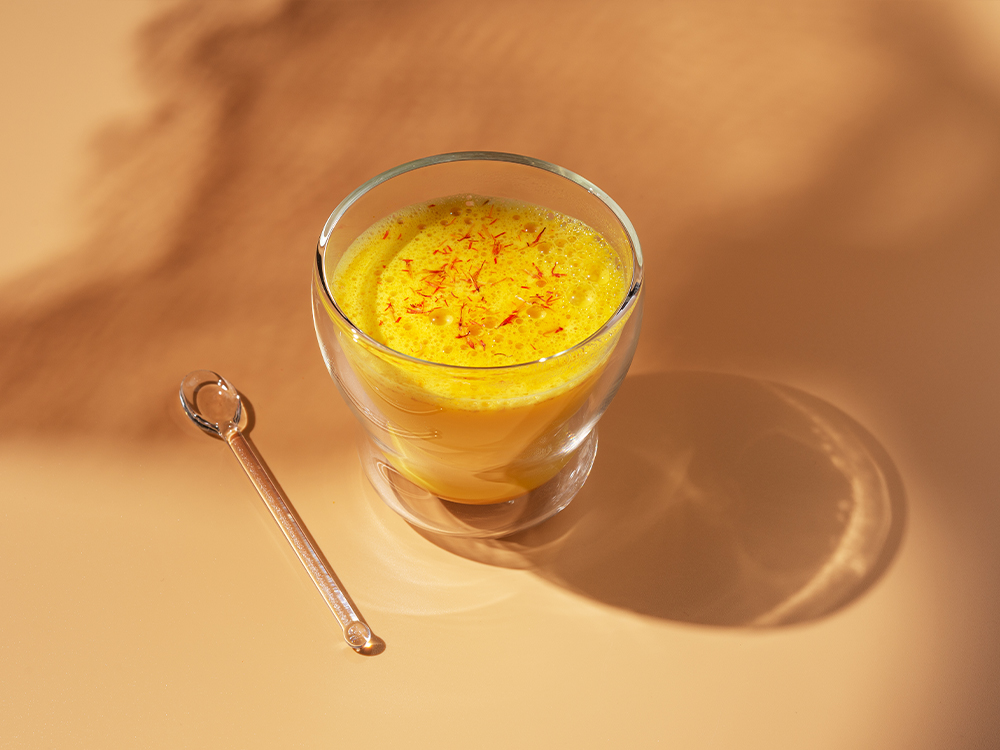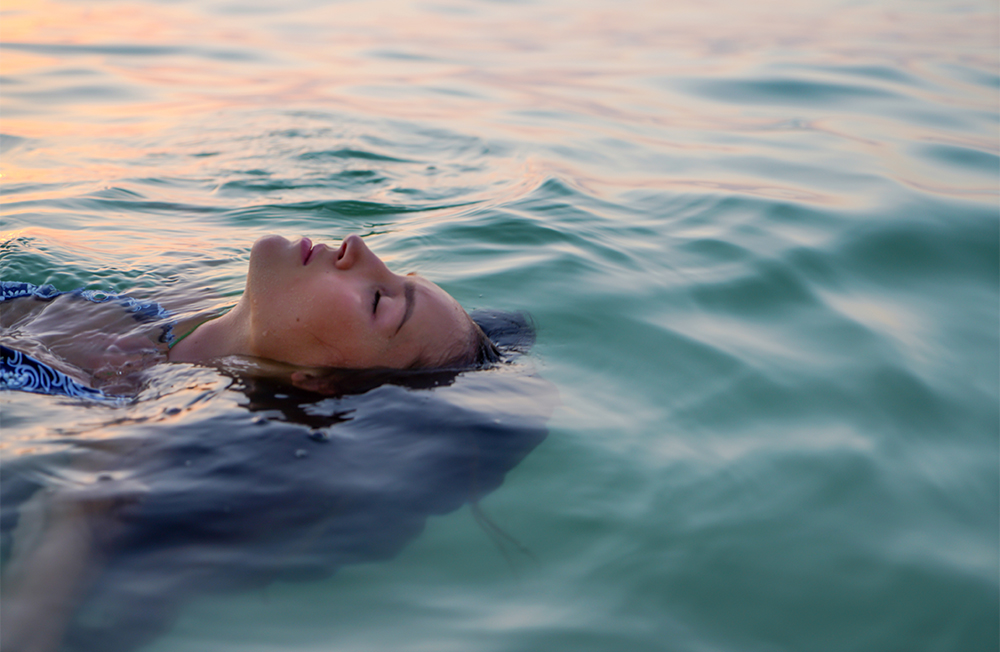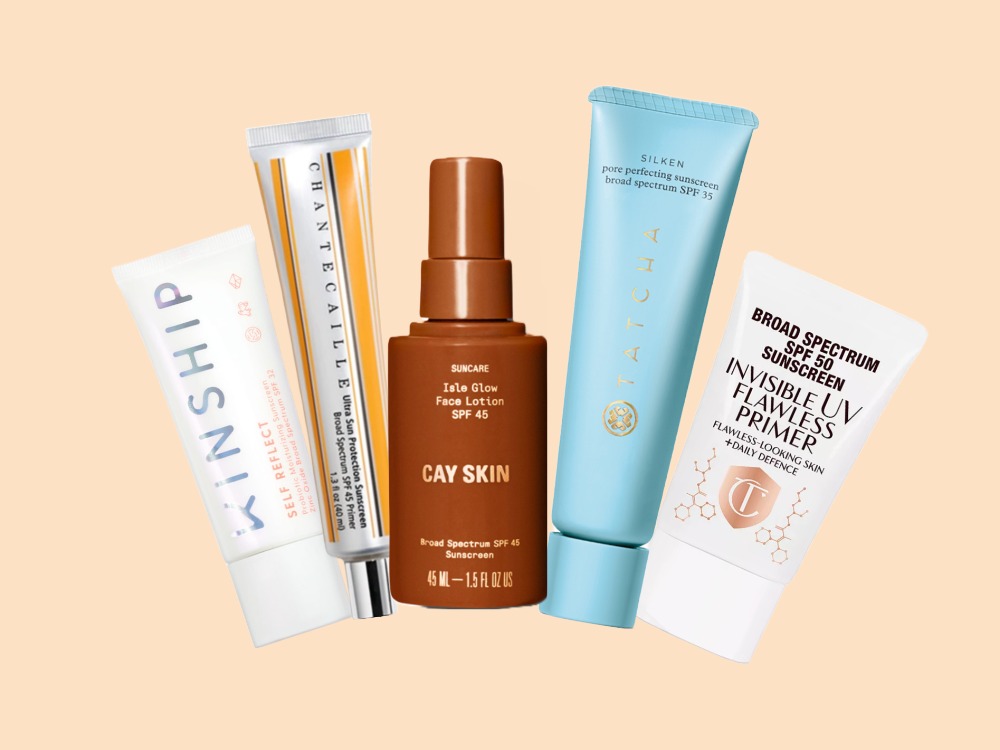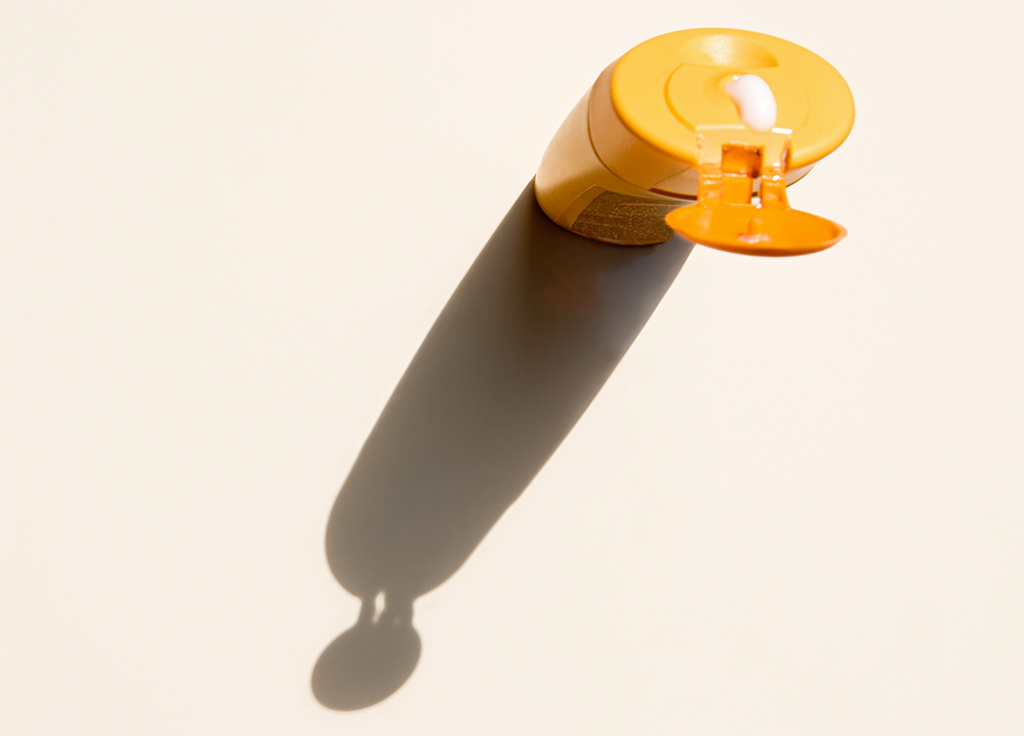Skin care has been important to me since childhood, thanks to my mom. I vividly remember going with her to the department store to replenish her collection of moisturizers and serums, which set an example for me to have a beauty routine as well.
So much so, it was one of the reasons that led me to beauty editorial as a career. Throughout my career of research and interviewing experts, I’ve learned just how important wearing sunscreen is. The truth is, even if we have the best moisturizers and serums, the health and appearance of our skin is greatly affected using sunscreen.
According to New York dermatologist Elyse Love, MD, short-term risks of sun damage include sunburn and hyperpigmentation. She adds, “Long-term risks include contributing to skin cancer formation and skin aging (pigmentation, wrinkles, redness).”
Although I apply sunscreen like clockwork daily (I have the La Roche-Posay Anthelios Light Fluid Facial Sunscreen on while typing this!), I was curious to know more about the role of sunscreen after a skin procedure. Recently, I had Laser Genesis done and spoke to Dr. Love about all-things sunscreen and aftercare.
First, what is Laser Genesis?
“Laser Senesis is a noninvasive procedure that gently heats the dermis. This stimulates collagen production, helps to resolve dark spots and redness, calms breakouts, and temporarily improves the appearance of pores,” says Dr. Love. As a bonus, she notes that it also removes small superficial hairs so the skin looks smoother after treatment for several weeks.
Benefits of sunscreen after a skin procedure
It’s important to use sunscreen daily, especially after any skin procedure. Dr. Love explains why: “During the procedure, we create controlled inflammation. However, that controlled inflammation increases the risk of post-inflammatory pigmentation and sunburns if sun exposure occurs before the healing is over.”
What to look for in a sunscreen
With so many sunscreens on the market, it’s worth knowing which ingredients to look for. When it comes to post-procedure care, Dr. Love recommends mineral sunscreens. On the flip side, “Chemical sunscreens can sometimes be irritating post-procedure,” she says.
What is the difference between UVA and UVB rays?
“UVA rays penetrate deeper and contribute to skin aging and skin cancer,” says Dr. Love. “UVB rays contribute to sunburns and skin cancer formation.” She notes that UVB rays are blocked by windows and its strength varies throughout the year (it’s highest in summer). As for UVA rays, it’s not blocked by windows and stays consistent throughout the year.
Why La-Roche Posay Anthelios Ultra Light Fluid Sunscreen stands out
Dr. Love recommends the La Roche-Posay Anthelios Ultra Light Fluid Facial Sunscreen since it was designed with sensitive skin in mind. This is especially beneficial when your skin is still healing after a procedure. This fragrance-free, water-resistant SPF 60 formula is made with a powerful antioxidant complex that helps protect your skin from free radicals caused by the sun. What makes this sunscreen stand out to me is its ultra-light matte finish which absorbs fast and provides a smooth base under makeup.
How often to apply
“Sunscreen should be reapplied for every two hours of sun exposure and after submersion in water or extensive sweating,” says Dr. Love. After a skin procedure, take extra precautions for sun protection until your skin has completely healed.
The bottom line
We cannot reiterate enough that sunscreen is important, especially after a procedure when the skin is typically more sensitive. To help prevent risks and protect against the sun’s rays, Dr. Love recommends avoiding mid-day sun in the summer. “This is when UVB rays are the highest,” she notes. “Use UPF (Ultraviolet Protection Factor) clothing when you’re active in the sun, such as long runs and beach days. Plus, remember to protect your eyes with sunglasses.” —Wendy Sy
